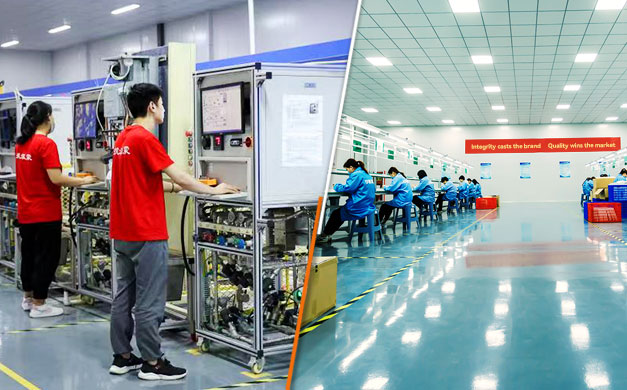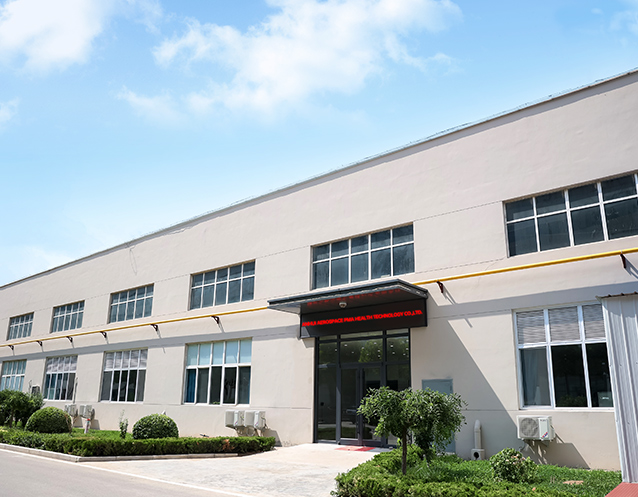
PMA Group is a manufacturer integrating R&D, production and sales without any price difference. We support OEM and ODM service. We design the best solutions, specific to your application. Results are the smallest, lightest, most cost effective solution. Already have a design completed? Let us make to your drawings!
